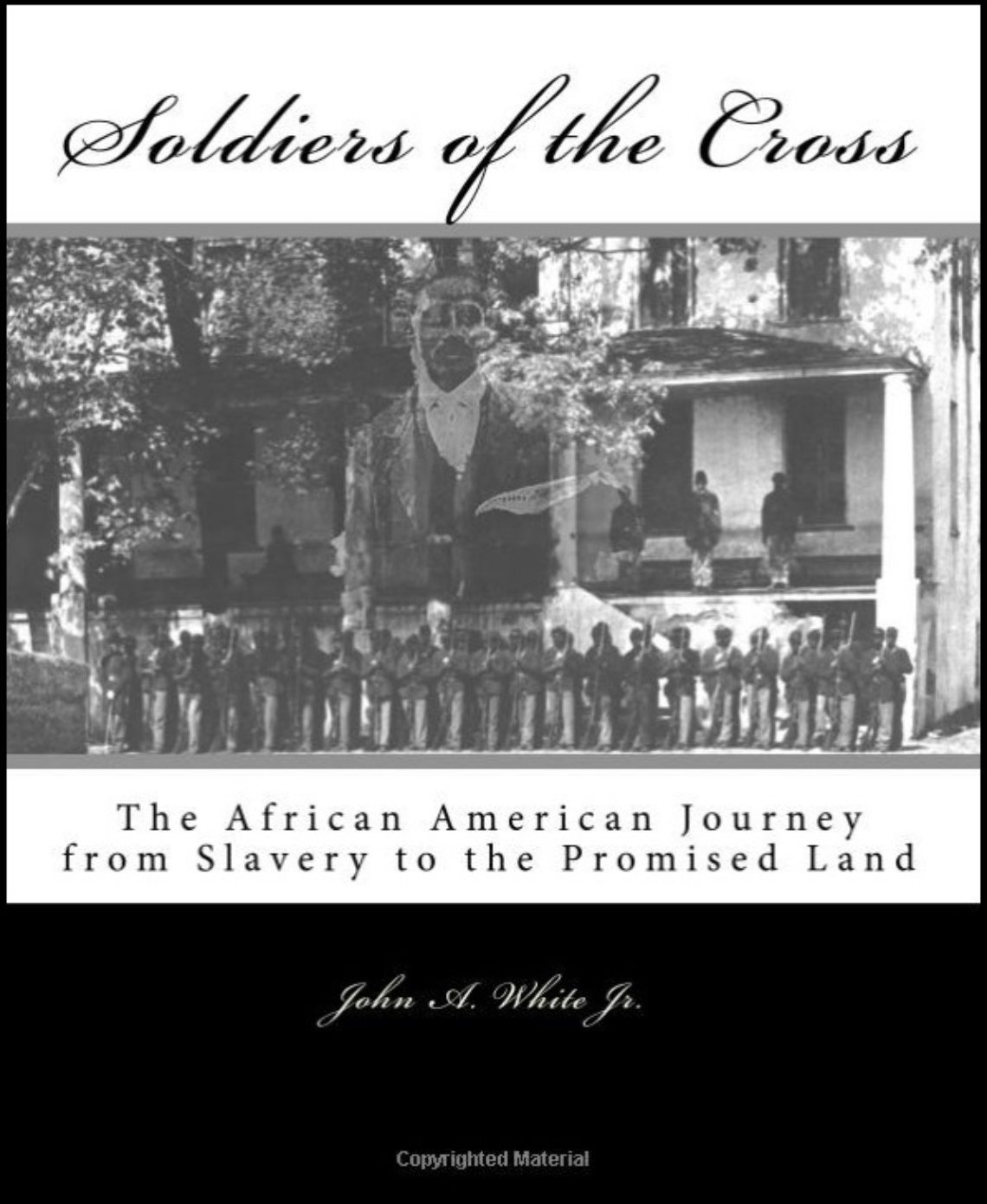
Fig. 1. The Gospel Army Black History Group
I had this idea of teaching black history with presentations, plays, and reenactments. The idea was to use black history as a tool for making the lives of people better. Jim agreed to help me and serve on the board of the Gospel Army Black History Group from its beginning. We were given grants by the Charles Steward Mott Foundation, even though they did not normally support educational programs. They did, however, recognize the exclusion of black Civil War history from American history and approved our grant. We were also supported by several grants from the Community Foundation of Greater Flint.
We taught this history at schools, prisons, and at a reproduction of a nineteenth-century village called Crossroads Village. Jim’s most compelling role, however, was portraying John Brown at his trial and hanging. Jim wrote his own script and said what he thought John Brown would say:
I pity the poor in bondage, that have none to help them;
that is why I am here—not to gratify any personal animosity,
revenge, or vindictive spirit.
It is my sympathy with the oppressed and wronged, that are as good as you, and as precious in the sight of God. You may dispose of me easily, but this question is still to be settled—the Negro question—the end of that is not yet.
Now if it is deemed necessary that I should forfeit my life for the furtherance of the ends of justice, and mingle my blood further with the blood of my children and with the blood of millions in this slaved country whose rights are disregarded by wicked, cruel, and unjust enactments, I say, let it be done. Let it be done, let it be done.
On his way to the gallows, Jim would stop to kiss a black child, according to John Brown’s legend. Jim did this well because he had John Brown’s soul. Working with Jim was like reliving history with John Brown.
I was also moved by another member of our group named Major Grays. Major would tell a story of a little slave woman who dared to pray in a slave-trading yard under risk of flogging. The trading yard was supervised by a man named Major Long. It was reported by a slave that they prayed and were questioned by the overseer. She voluntarily confessed that she prayed, while others remained silent. Major Long allowed the woman to be sold with her family intact because of respect for her bravery.
I felt this was an important story, and Major Grays did as well. Even when performing in harsh weather conditions in front of small audiences, Major would faithfully describe the power of this pious woman’s faith. Even while he was dying, he walked unaided to the rocking chair, where he told his narrative. Following Jim’s and Major’s deaths, I questioned my purpose. Both Jim and Major were irreplaceable. I felt unworthy of leading such classy people, and I questioned our ability to influence the African American community.
Although I have only mentioned two, there were many hardworking, dedicated people that helped me with the Gospel Army Black History Group. Special thanks go to Pat Gray our director and Lou Penton our program producer. My wife Nancy wife was always by my side with my two son’s Christopher and Sean White. My son’s started re-enacting when they were about 12 years old. Confederate re-enactor Bill Adams introduced us to re-enacting. Bill’s support gave me a positive attitude towards Confederate re-enactors which I maintain today. I am very thankful to the many Confederate reenactors who helped us honor black Civil War soldiers. It would have been impossible to reenact black Civil War battles without their help. In the Gospel Army collage picture above, a Confederate Civil War reenactment group salutes black Civil War reenactors as they march past them. Mutual respect is what my efforts are all about.
I would also like to express my gratitude to the white re-enactors of the Eighth Michigan. They taught me Civil War arms use and battle tactics. I so much loved marching with the Cumberland Guard and singing their marching song. Their support gave me the opportunity to train young black reenactment groups and participate in major Civil War battle reenactments.
I recruited Flint Northwestern High School students for the 102nd USCT Co. C Civil War re-enactment group. At the core of the group were RaMon Guines, Dana Milton, Yahel Scott and Edward Ward. LeRoy Martin sharpened our re-enacting skills. I would also like to mention my best buddy Curtis Thompson who became a re-enactor as well and accompanied Lou Penton and I too many battle re-enactments. I would especially like thank my dear friend Dr. Larry Reynolds who introduced me to re-enacting in the 102nd Michigan USCT.
Information about the history and participants of the Gospel Army can be found on our website: http://www.thegospelarmy.com/.
Transformation from victim to victor requires determination because determination is an important characteristic of victors. A popular preacher named Bishop T. D. Jake once said that a man wanted to speak at his mega church. The bishop replied that he had not earned that right. Once the man was shunned, hated, cursed, beaten, knocked down, and then got back up and climbed to his spot on the mountain, he would have earned the right to speak at his church. What the bishop said sounds harsh, but I think the point he was making was this: we all face hardships and challenges, but what we need to know is how we overcome tribulations. This is best learned by people who have withstood the test of hardship.
The greatest glory in living lies not in never falling, but in rising every time we fall.
—Nelson Mandela
As we study real African American history, we will discover values that improve our lives as well as the lives of others.
—John A. White Jr.
